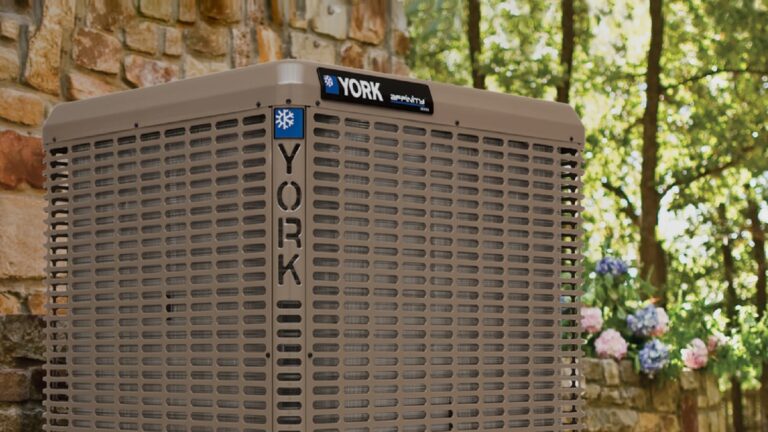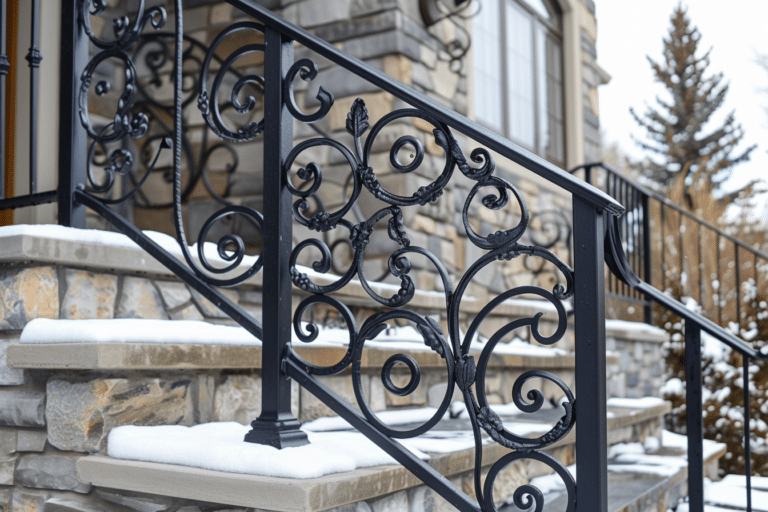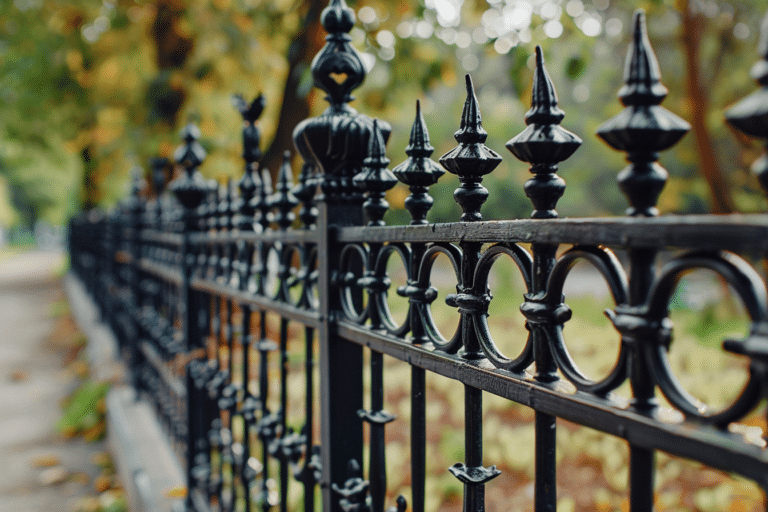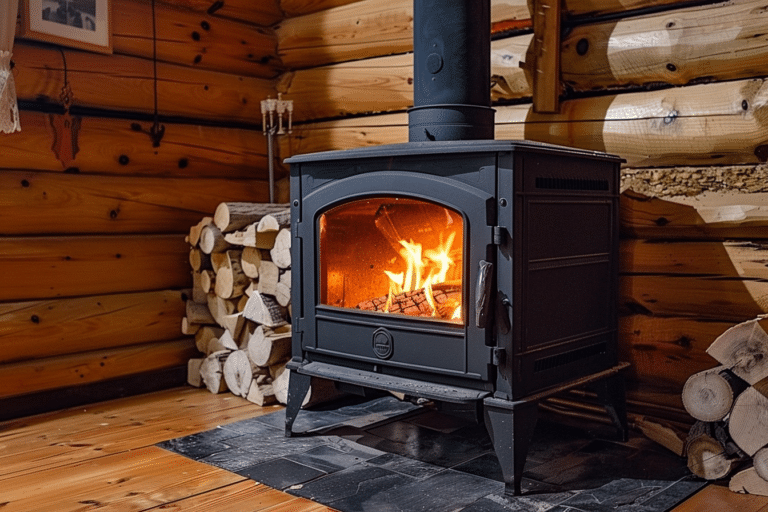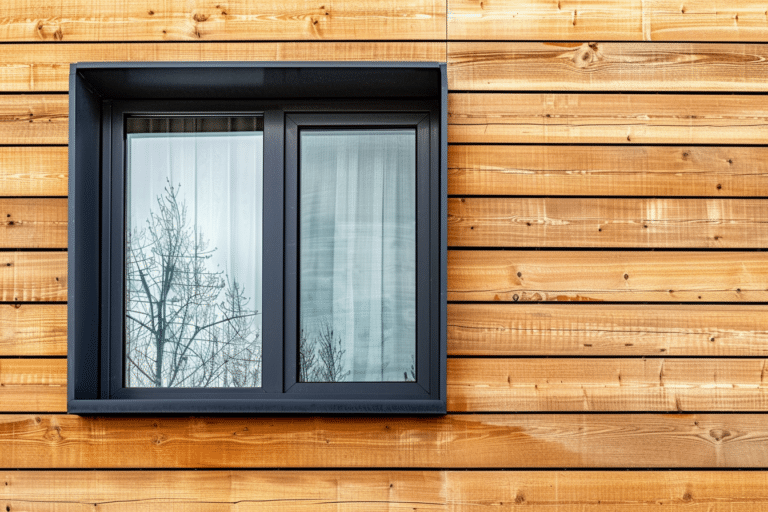Key Takeaways
- The average cost of a coffered ceiling is $10 to $40 per square foot, including materials and labor.
- For a 150 square foot room, expect to pay between $1,500 and $6,000 in total.
- Factors that affect the price include the size of the room, the complexity of the design, the materials used, and the cost of labor in your area.
How Much Does a Coffered Ceiling Cost?
Are you looking to add some architectural interest and elegance to your home? A coffered ceiling might be just the thing. But how much does it cost to install one? Here’s what you need to know.
Coffered Ceiling Cost by Project
The total cost of your coffered ceiling will depend on the size of the room and the intricacy of the design. Here are some average costs for common projects:
| Project | Average Cost |
|---|---|
| Office/Bedroom (10’x10′) | $1,000 – $4,000 |
| Dining Room (12’x12′) | $1,400 – $5,800 |
| Primary Bedroom (15’x15′) | $2,300 – $9,000 |
| Living Room (16’x20′) | $3,200 – $12,800 |
As you can see, the price can vary widely depending on the specifics of your project. A simple design in a small room will be on the lower end of the range, while an elaborate pattern in a large space will be on the higher end.
Coffered Ceiling Cost Calculator
To get a rough idea of what your coffered ceiling might cost, consider these national averages:
| National Average Cost | $3,800 |
|---|---|
| Minimum Cost | $900 |
| Maximum Cost | $14,000 |
| Average Range | $1,500 to $6,000 |
Of course, your actual cost will depend on several factors unique to your project. The best way to get an accurate estimate is to contact local contractors for quotes based on your specific plans.
Cost to Install a Coffered Ceiling
A coffered ceiling is a significant investment that requires skilled carpentry to execute properly. Here’s how the installation costs break down on average:
| Factor | Average Cost per Square Foot |
|---|---|
| Materials | $2 – $15 |
| Installation Labor | $8 – $25 |
| Total Cost | $10 – $40 |
The materials cost will depend on the type of wood or other material you choose for the beams and panels (more on that below). The labor cost will depend on the complexity of the design and the experience level of the installer. Intricate patterns with many small coffers will take longer to build and therefore cost more than simpler designs with fewer, larger boxes.
Labor Cost to Install a Coffered Ceiling
Most carpenters and finish contractors charge between $50 and $100 per hour for labor. For a typical 150 square foot room, the labor cost would break down like this:
- Simple design (20-30 hours): $1,000 – $3,000
- Moderate design (30-40 hours): $1,500 – $4,000
- Complex design (40-60 hours): $2,000 – $6,000
These estimates assume a single installer working alone. If multiple craftspeople are needed to complete the job more quickly, the hourly rate may be higher but the total number of hours lower.
In addition to the direct installation labor, you may need to budget for the cost of painting or staining the finished ceiling. This can add $1 to $5 per square foot to the total project cost.
Coffered Ceiling Material Prices
One of the biggest variables in the cost of a coffered ceiling is the material you choose for the beams and panels. Here are some common options and their average price ranges:
| Material | Price per Square Foot |
|---|---|
| Drywall | $0.50 – $0.80 |
| Plywood | $2.00 – $4.50 |
| Poplar | $2.00 – $7.00 |
| MDF | $1.00 – $5.00 |
| Oak | $3.00 – $9.00 |
| Cherry | $3.00 – $11.00 |
| Walnut | $3.50 – $13.50 |
| PVC | $14.00 – $21.00 |
| Mahogany | $2.00 – $20.00 |
Drywall and plywood are the most affordable options, but they require more finishing work to achieve a high-end look. MDF (medium-density fiberboard) is a good compromise that balances cost and appearance.
Solid hardwoods like oak, cherry, and walnut offer the most luxurious finish, but they come at a premium price. PVC is a low-maintenance alternative that resists moisture, but it can look plasticky if not painted.
The material cost will also depend on the thickness and width of the beams and the size of the coffers. Larger, thicker beams will use more material and therefore cost more than smaller, thinner ones.
Cost of Coffered Ceiling Designs & Extras
The basic cost of a coffered ceiling includes the beams, panels, and installation labor. But there are many ways to customize the look of your ceiling with different design elements and decorative accents. Here’s what you need to know.
Coffered Ceiling Designs
The most common coffered ceiling design is a grid of square or rectangular boxes framed by beams. But there are many other patterns to choose from, including:
- Diagonal grids
- Hexagons or octagons
- Circles or ovals
- Basket weaves
- Radial sunbursts
- Tiered or stepped designs
The more complex the design, the more material and labor it will require, and the higher the cost will be. If you have a specific vision in mind, be sure to discuss it with your contractor upfront so they can give you an accurate estimate.
Cost for Coffered Ceiling Extras
In addition to the basic beams and panels, there are many decorative elements you can add to your coffered ceiling to enhance its visual impact. Here are some popular options and their average costs:
| Accent | Average Cost |
|---|---|
| Tin Tiles | $2 – $7 per square foot |
| Paint | $1 – $2 per square foot |
| Crown Molding | $1 – $5 per linear foot |
| Medallions | $20 – $100+ per piece |
| Finials | $5 – $20 per piece |
| Recessed Lighting | $10 – $140 per light |
| Chandelier | $120 – $1,400 per fixture |
Tin tiles can add a vintage touch to the recessed panels, while crown molding can highlight the edges of the beams. Medallions and finials can add decorative flourishes at the intersections of the beams.
Lighting is another important consideration. Recessed lights can be installed in the panels to provide ambient illumination, while a chandelier or pendant light can serve as a dramatic focal point in the center of the room.
Keep in mind that these extras can add significantly to the overall cost of your coffered ceiling. Prioritize the elements that are most important to you and fit within your budget.
Coffered Ceiling FAQs
What is a Coffered Ceiling?
A coffered ceiling is a decorative ceiling treatment that features a grid of recessed panels framed by beams. The beams can be made of wood, plaster, or other materials, and the panels can be left plain or adorned with molding, paint, or other decorative elements.
Coffered ceilings have been used in architecture for centuries, dating back to ancient Greece and Rome. They were originally designed to reduce the weight of stone ceilings and add structural support. Today, they are primarily used for aesthetic purposes to add depth, texture, and visual interest to a room.
Do Coffered Ceilings Add Value?
A well-designed and properly installed coffered ceiling can definitely add value to your home. It is a high-end architectural feature that can make your space feel more luxurious, sophisticated, and unique.
Coffered ceilings are especially desirable in historic homes or those with traditional styling. They can help to maintain the character and integrity of the architecture while still feeling fresh and updated.
In terms of resale value, a coffered ceiling may not necessarily recoup its full cost, but it can certainly make your home more attractive to potential buyers and help it stand out in a competitive market. It is the kind of detail that can leave a lasting impression and make your home more memorable.
Where Should Coffered Ceilings Be Installed?
Coffered ceilings can work well in almost any room, but they are most commonly found in:
- Living rooms
- Dining rooms
- Libraries or studies
- Master bedrooms
These are spaces where people tend to spend a lot of time and entertain guests, so a coffered ceiling can help to create a sense of occasion and formality.
Coffered ceilings can also be a good choice for rooms with high or vaulted ceilings, as they can help to visually lower the ceiling and make the space feel more intimate and proportional.
In general, coffered ceilings are best suited for larger rooms with ample wall space to accommodate the beams. They may feel overwhelming in small rooms or those with lots of windows, doors, or other interruptions.
Do Coffered Ceilings Make a Room Look Smaller?
A coffered ceiling can actually make a room look larger and more expansive, as the recessed panels create a sense of depth and dimension. The beams also draw the eye upward, which can make the ceiling feel higher.
However, if the coffers are too small or the beams are too thick, it can have the opposite effect and make the room feel cramped or busy. It’s important to get the proportions right and choose a scale that is appropriate for the size of the room.
As a general rule, the beams should be no more than 1/20th the width of the room. So for a 20-foot wide room, the beams should be no more than 12 inches deep. The coffers should also be large enough to feel substantial, but not so large that they dominate the space.
How Deep Should a Coffered Ceiling Be?
The depth of a coffered ceiling refers to how far the beams protrude down from the ceiling surface. A typical depth is between 3 and 12 inches, but it can vary depending on the height of the ceiling and the look you want to achieve.
In general, deeper coffers will create a more dramatic and sculptural effect, while shallower ones will feel more subtle and understated. If you have a very high ceiling (over 10 feet), you may want to go with deeper beams to help visually lower the ceiling and make the room feel more balanced.
On the other hand, if you have a lower ceiling (under 8 feet), you may want to keep the beams shallower so they don’t feel too heavy or oppressive. You also need to make sure there is enough clearance for any light fixtures, fans, or other elements you want to include.
Your contractor can help you determine the optimal depth for your specific ceiling height and design goals. They may also be able to create a mock-up or 3D rendering to help you visualize the final result before committing to a particular depth.
Getting Quotes for Coffered Ceiling Installation
If you’re considering adding a coffered ceiling to your home, the first step is to get quotes from qualified contractors. Here are some tips to help you find the right pro for the job:
- Look for contractors who specialize in finish carpentry or architectural millwork. They will have the skills and experience needed to execute a high-quality coffered ceiling.
- Ask for references and photos of previous coffered ceiling projects. Make sure they have a track record of successful installations in homes similar to yours.
- Get at least three detailed quotes that include all materials, labor, and any additional costs like painting, staining, or electrical work. Make sure the scope of work is clearly defined and the pricing is transparent.
- Ask about the timeline for the project and any potential disruptions to your home. A typical coffered ceiling installation can take anywhere from a few days to a couple weeks, depending on the size and complexity of the design.
- Make sure the contractor is licensed, insured, and bonded. They should also offer a warranty on their workmanship and be willing to stand behind their work if any issues arise.
Questions to Ask Your Coffered Ceiling Installer
When interviewing potential contractors, here are some key questions to ask:
- How many coffered ceilings have you installed before? Can you show me examples of your work?
- What materials do you recommend for my specific project, and why?
- How will you ensure that the beams are straight, level, and properly aligned?
- Will you handle any necessary permits or inspections?
- What kind of finish options do you offer (paint, stain, etc.), and how will you protect my floors and furniture during the installation?
- What is your estimated timeline for the project, and what steps will you take to minimize dust and disruption to my home?
- Do you offer any discounts or promotions that could help offset the cost of the project?
- What kind of warranty or guarantee do you offer on your work?
- How do you handle changes or additions to the scope of work once the project is underway?
- What is your payment schedule, and do you require a deposit upfront?
By asking these questions and carefully reviewing the quotes you receive, you can find a contractor who is a good fit for your project and budget. A coffered ceiling is a major investment, but it can also be a stunning addition to your home that you will enjoy for years to come.


